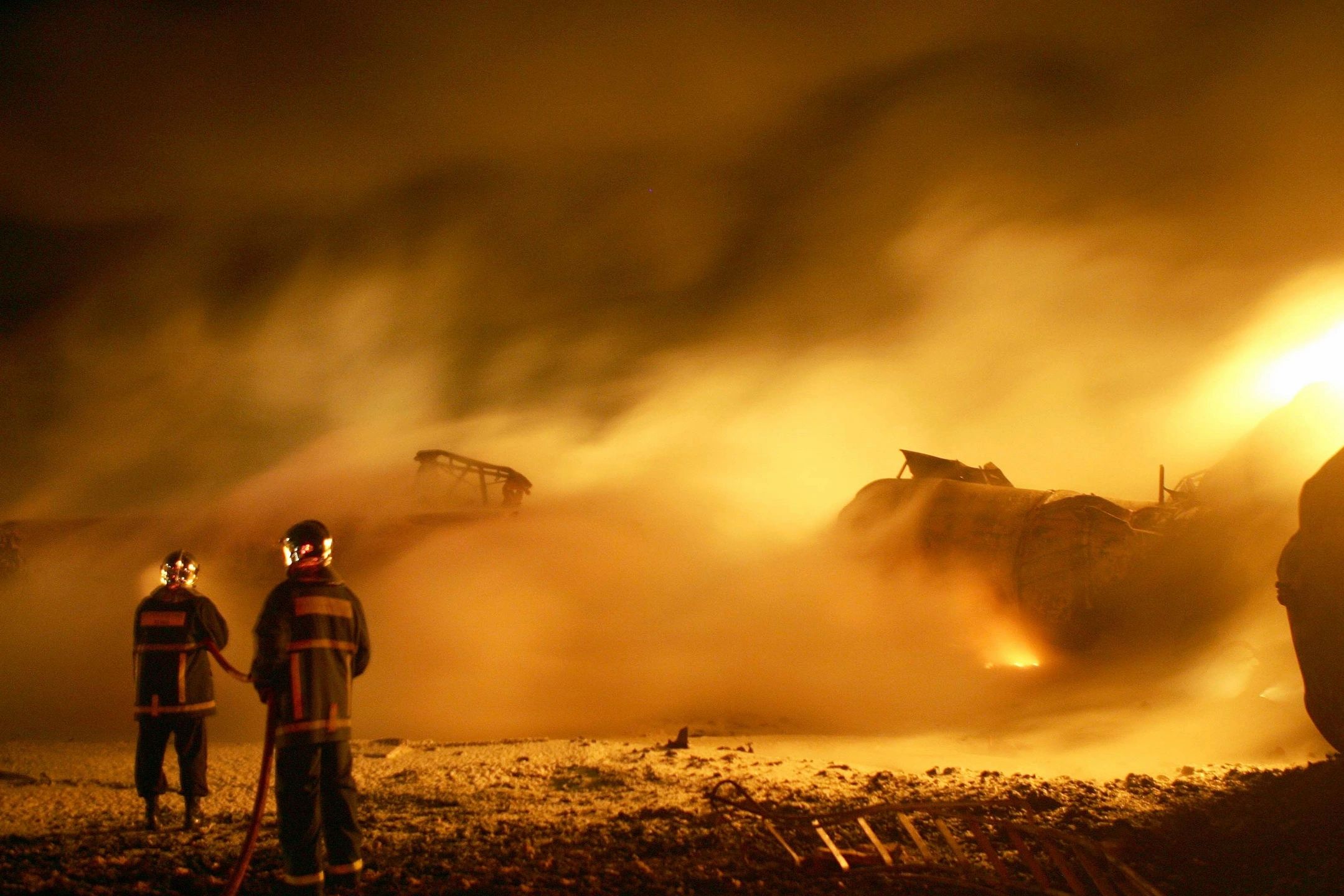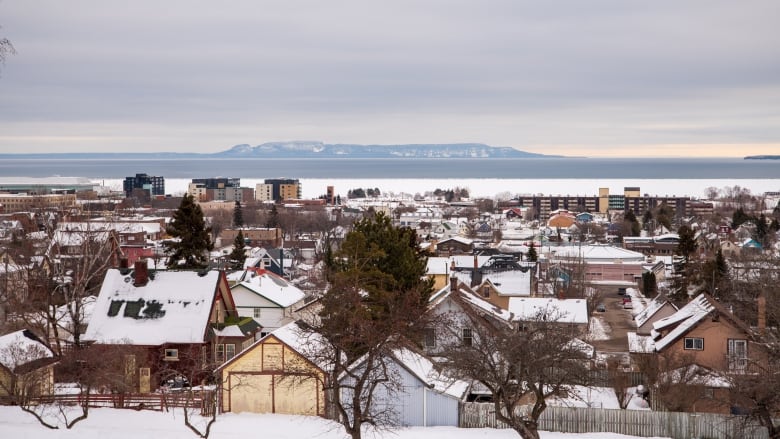Hotter summers in Canada, which have triggered wildfires in tourist areas, intense hailstorms, and severe flooding in major cities—events likely linked to climate change—are creating personnel shortages and potential delays in claims adjustments, according to insiders in the insurance industry.
The sector relies heavily on teams of insurance adjusters to assess claims and determine the extent of losses covered by policies. These professionals are essential to a business strained by the growing number of claims from homeowners and businesses. As climate change drives more extreme weather globally, insurance claims are on the rise, and Canada is particularly vulnerable due to its vast and forested landscapes.
However, many adjusters are retiring, and the varying certification requirements across provinces add to the challenges Canada faces in managing the increased volume of claims, according to companies, consumers, and industry groups.
“These events have placed immense pressure on insurance adjusters, who are crucial following natural catastrophes, as they ensure the industry can support consumers as quickly as possible,” said the Insurance Bureau of Canada, an industry group.
In August, insurance adjusters surveyed Jasper by bus after a wildfire had ravaged the area, damaging or destroying a third of all buildings in the mountain community. This disaster has become Alberta’s second-most expensive wildfire in history in terms of insured losses, surpassing $880 million according to initial estimates from Catastrophe Indices and Quantification, as reported by the Insurance Bureau of Canada.
Globally, many insurers have responded to unexpected claims in recent years by raising premiums and excluding certain types of coverage. Intact Financial, Canada’s largest property and casualty insurer, covers approximately 700 families and businesses in the Jasper area, with about 250 policyholders affected by the fire. The company expects its losses from catastrophic events to remain within its annual range of $900 million.
Meanwhile, TD Insurance, part of Canada’s second-largest bank, reported that weather events in August, including hailstorms in Calgary and floods in Montreal, will result in claims exceeding $300 million in the fourth quarter. This follows $186 million in claims costs from July floods in Toronto and Alberta wildfires.
Peak Claim Season
In Jasper, industry experts estimate that settling claims could take anywhere from four weeks to six months, depending on the extent of the damage, as adjusters simultaneously manage other weather-related disasters.
This year alone, Canada, the world’s third-most forested nation, has experienced over 4,800 wildfires. These blazes have forced thousands to evacuate their homes and disrupted oil and mining operations in remote areas.
For insurance adjusters, this has dramatically intensified their workload during the peak claim season from June to August.
The surge in claims comes at a time when many Canadian claims adjusters are retiring, creating additional pressure on the industry. Since independent adjusters are licensed provincially, relocating them to assess damages in different regions poses a significant challenge.
Industry experts predict that the increased volume of claims will require at least 10% to 20% more adjusters over the next five years. In response, companies like ClaimsPro are actively recruiting younger professionals at college job fairs, focusing on those more willing to travel.
However, the role of an adjuster, which involves working with individuals who have lost their homes, cherished belongings, or livelihoods, is not for everyone. “The ability to empathize without crossing into sympathy is crucial, and it’s a difficult balance,” said Hart-Moore.



